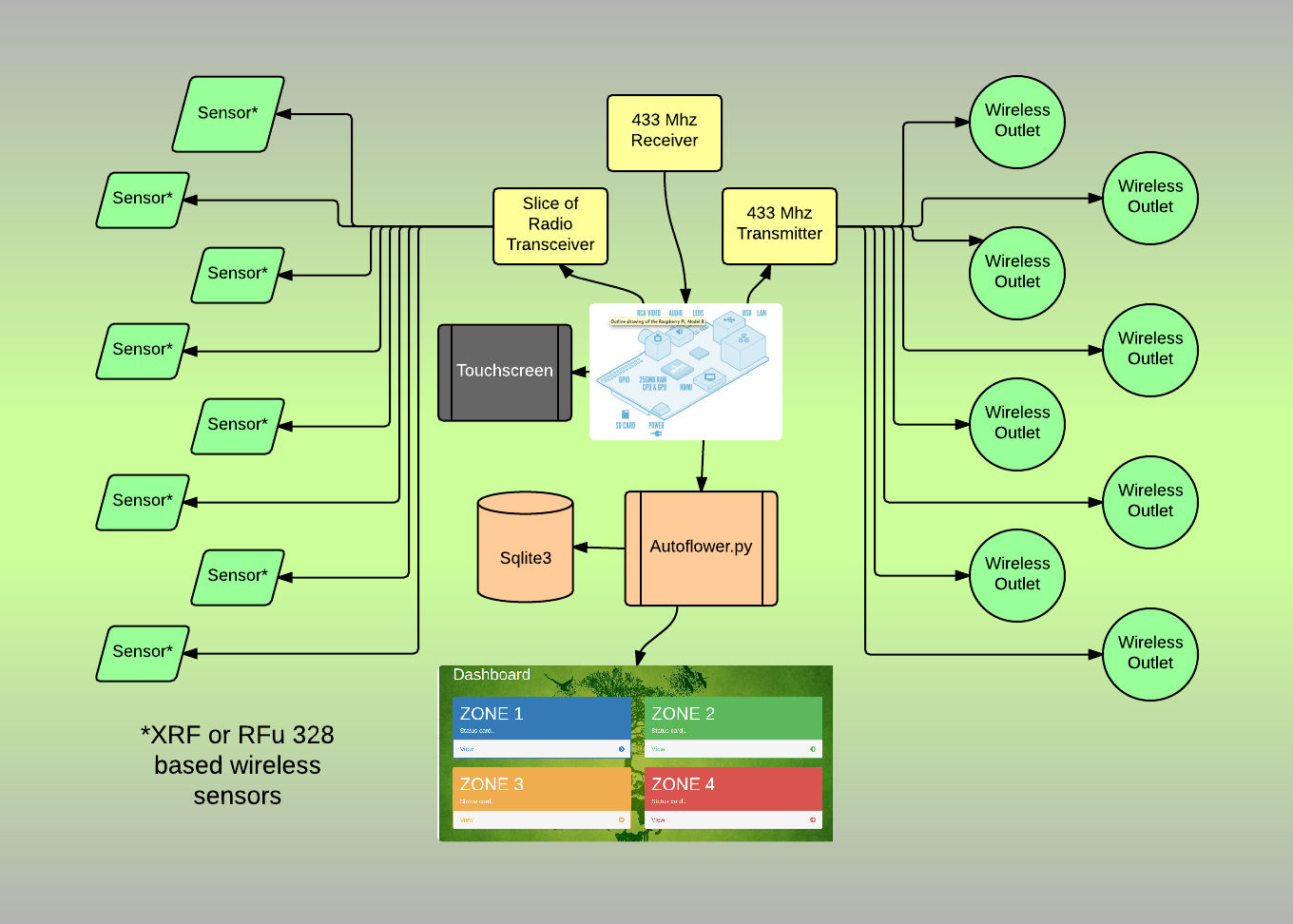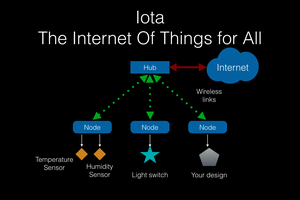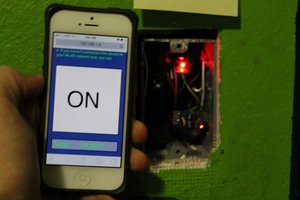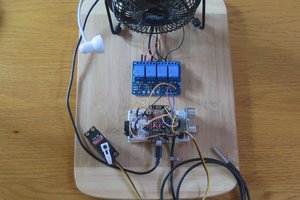The server is written in python; the database is sqlite3; and It serves the web interface as well processing posts from javascript to fetch database entries using flask. On the hardware end, it will use a raspberry pi, a wifi adapter, a touchscreen, a webcam, Rf controlled outlets, and a variety of wireless sensors based on the RFµ-328. Since it uses a web interface, implementing a simple android app wasn't too difficult for local use, but security issues will have to be addressed to use it outside of the home.
Autoflower
A Raspberry Pi based automated grow controller for medical marijuana.
 Greasy Nichols
Greasy Nichols



 Mandy Zheng
Mandy Zheng
 nathan.andrew.williams
nathan.andrew.williams

Where did this project go? Can't find anything out there that looked as promising.